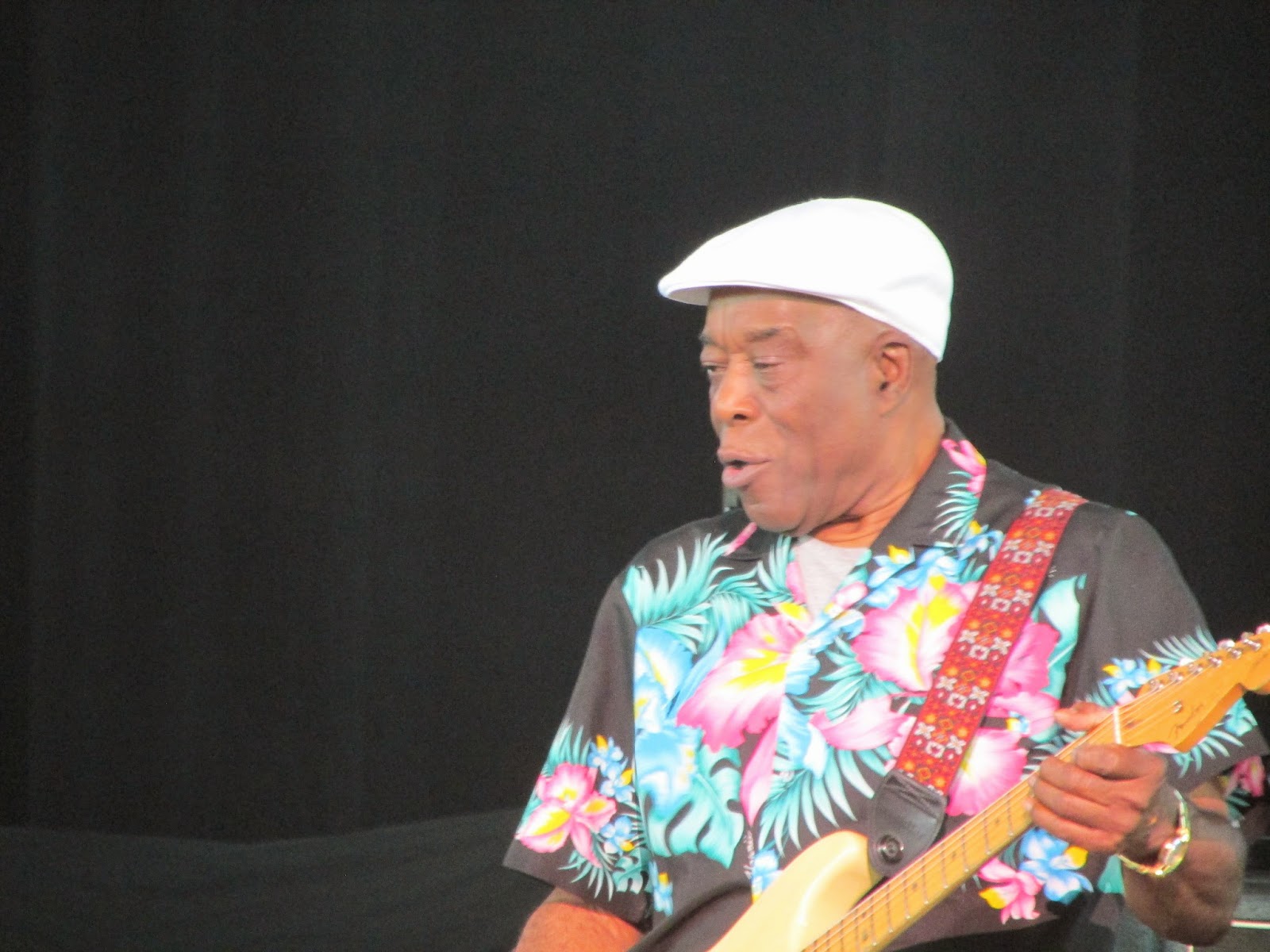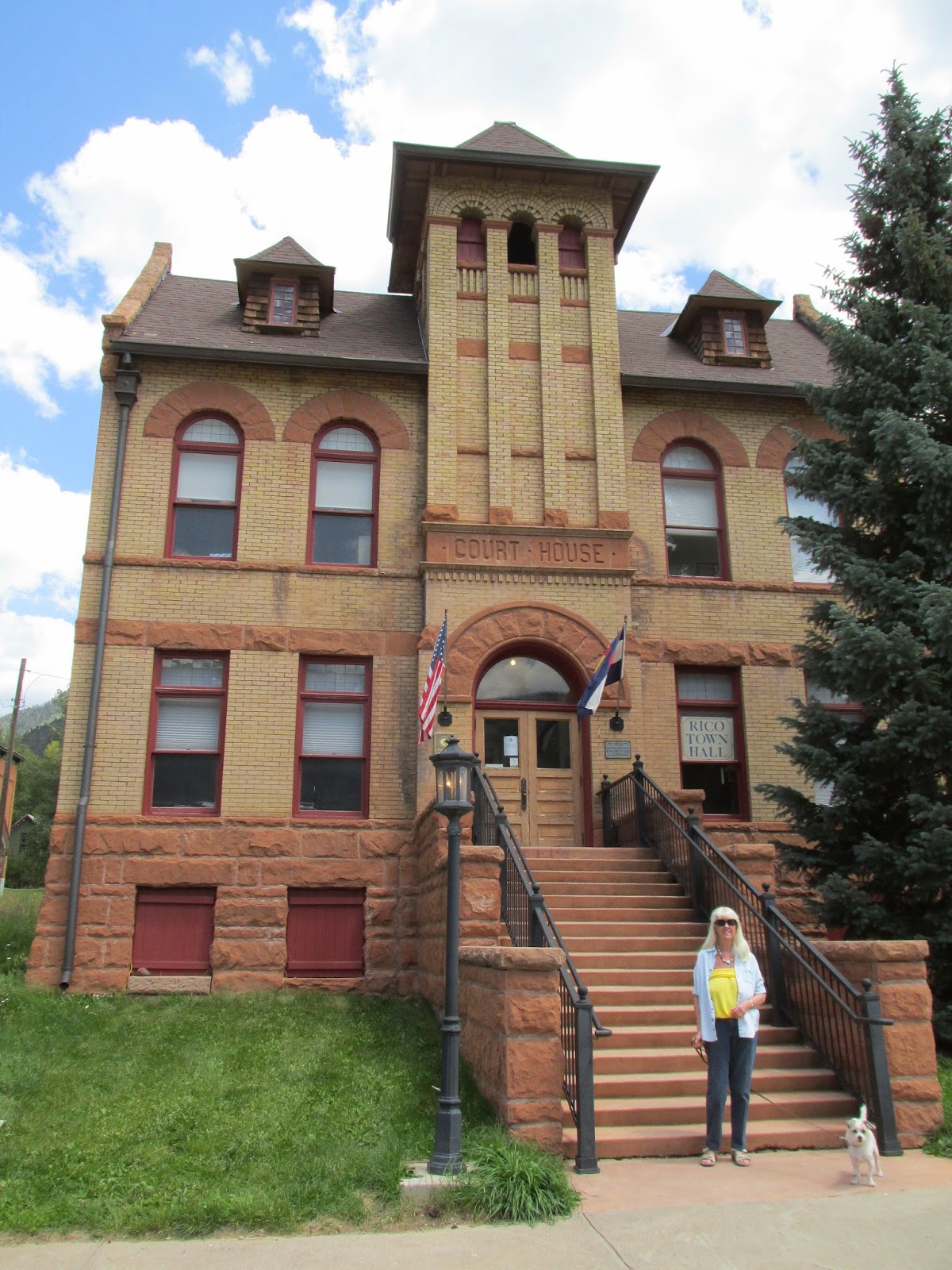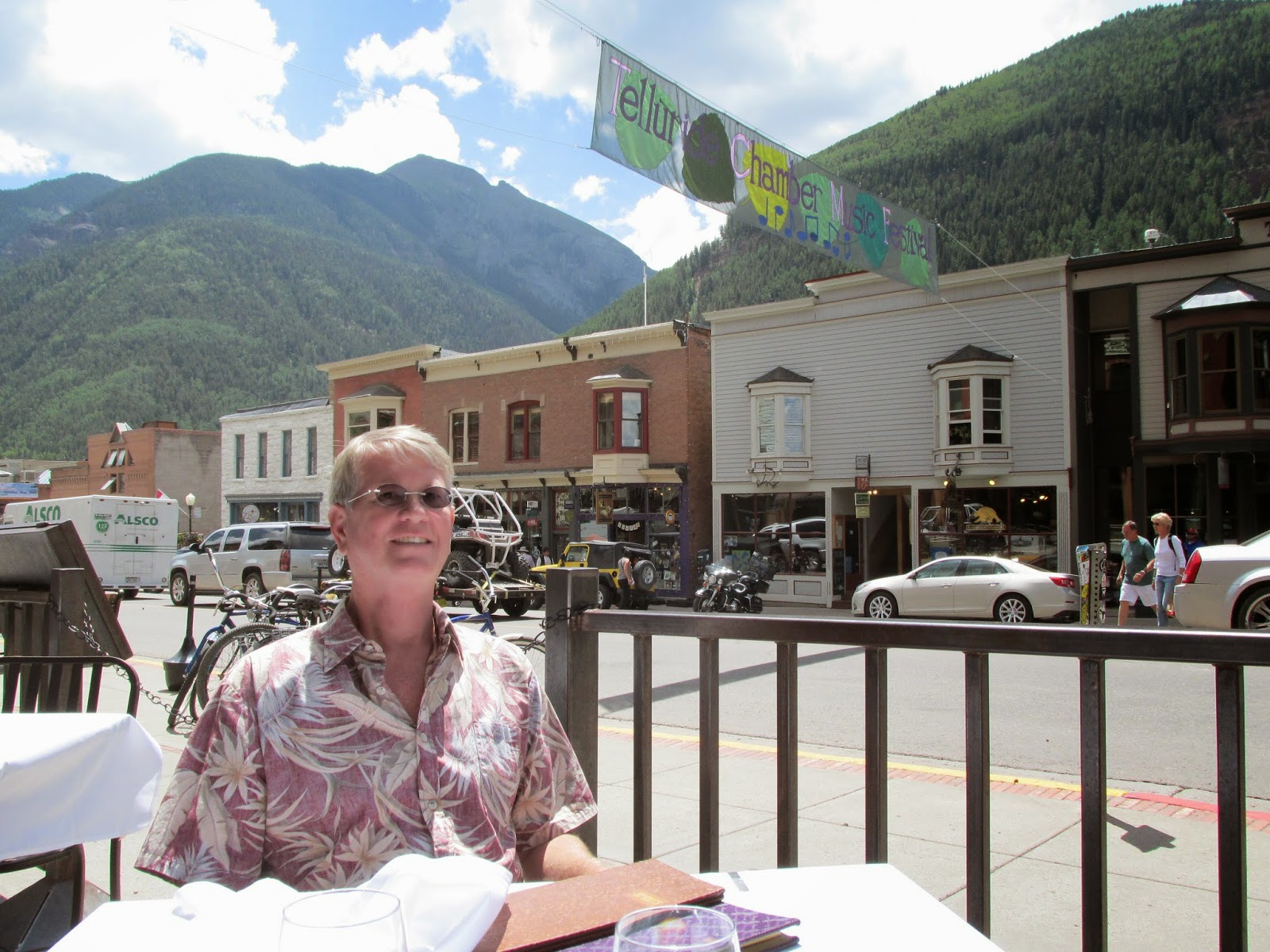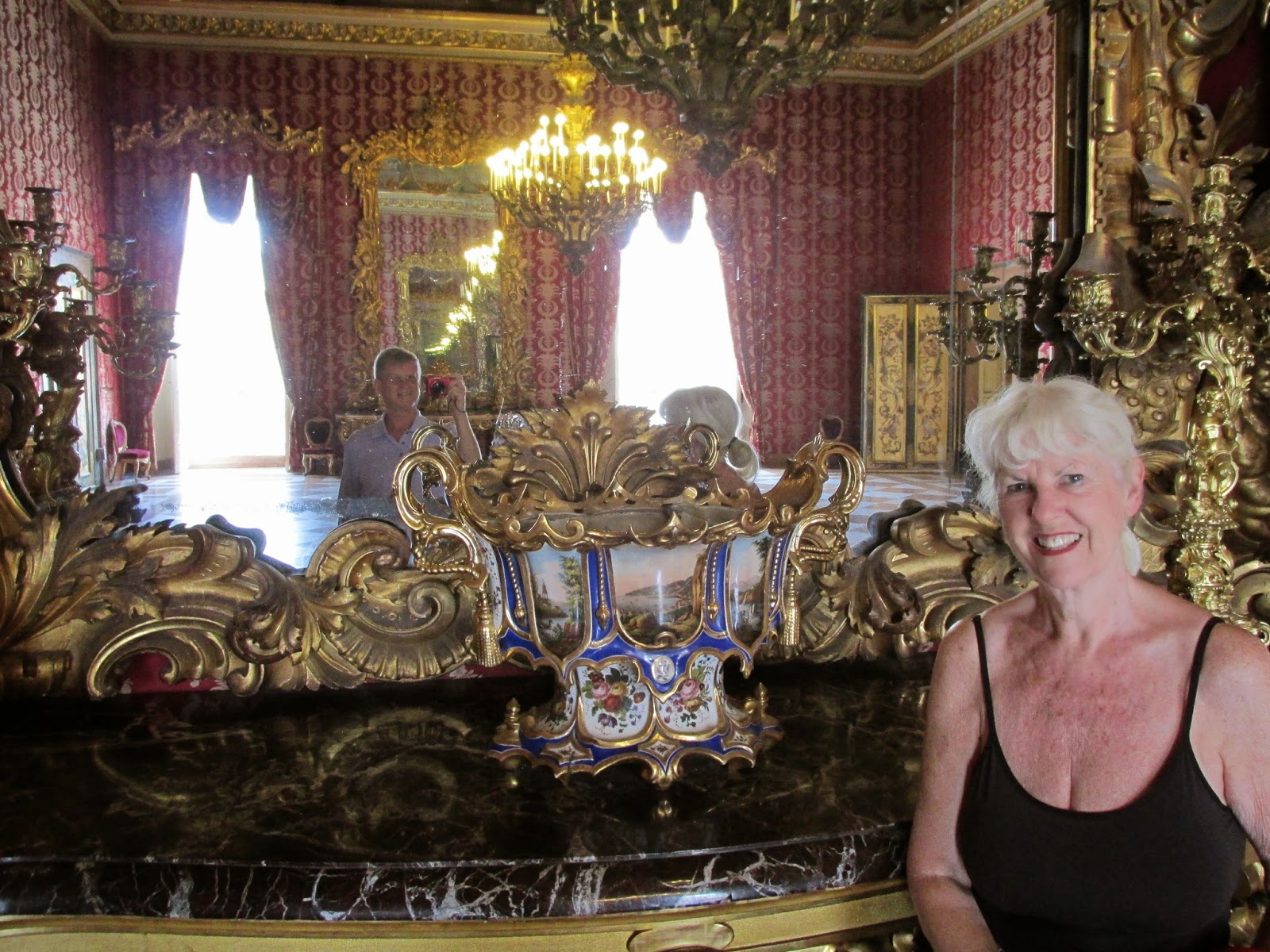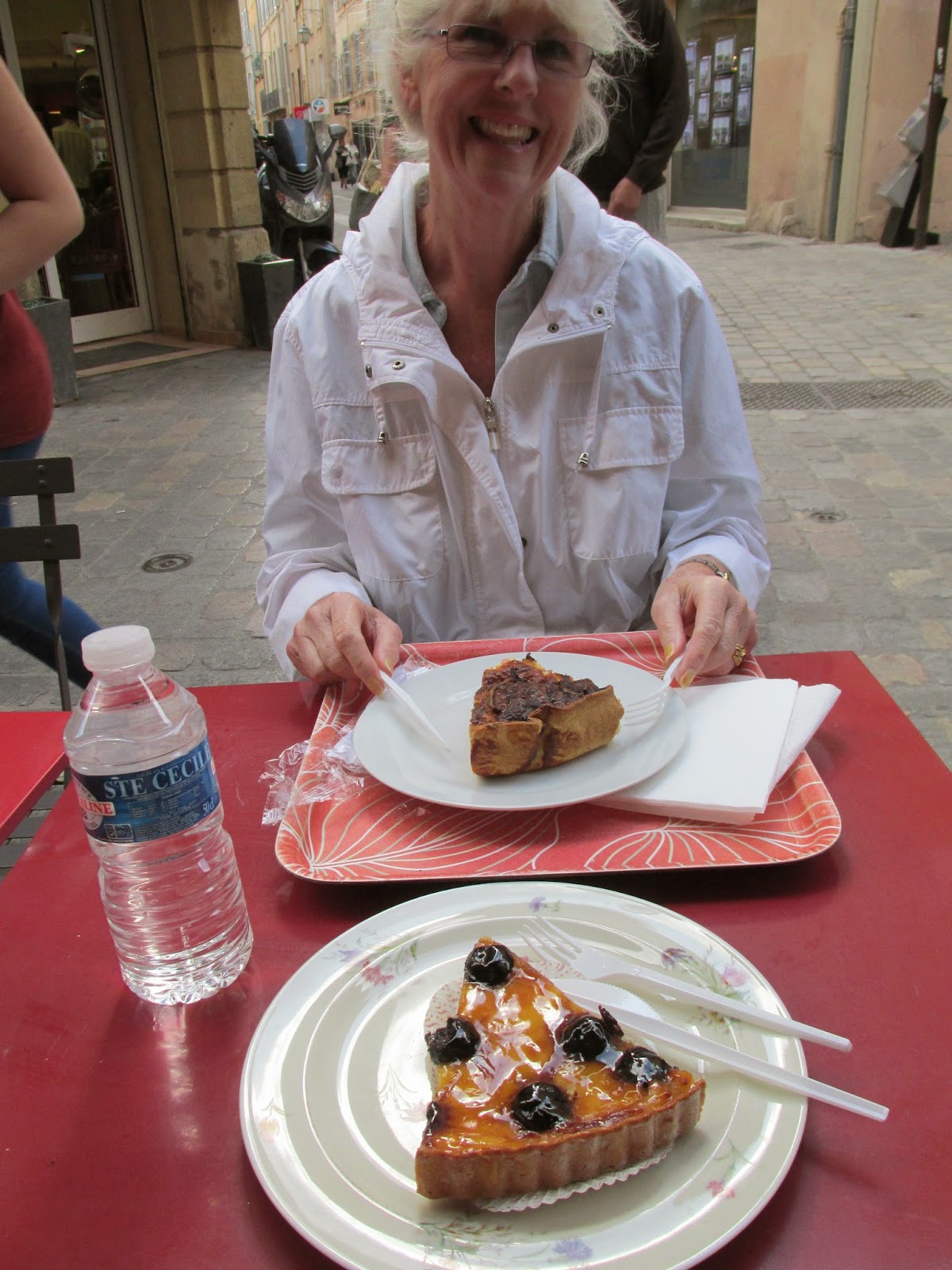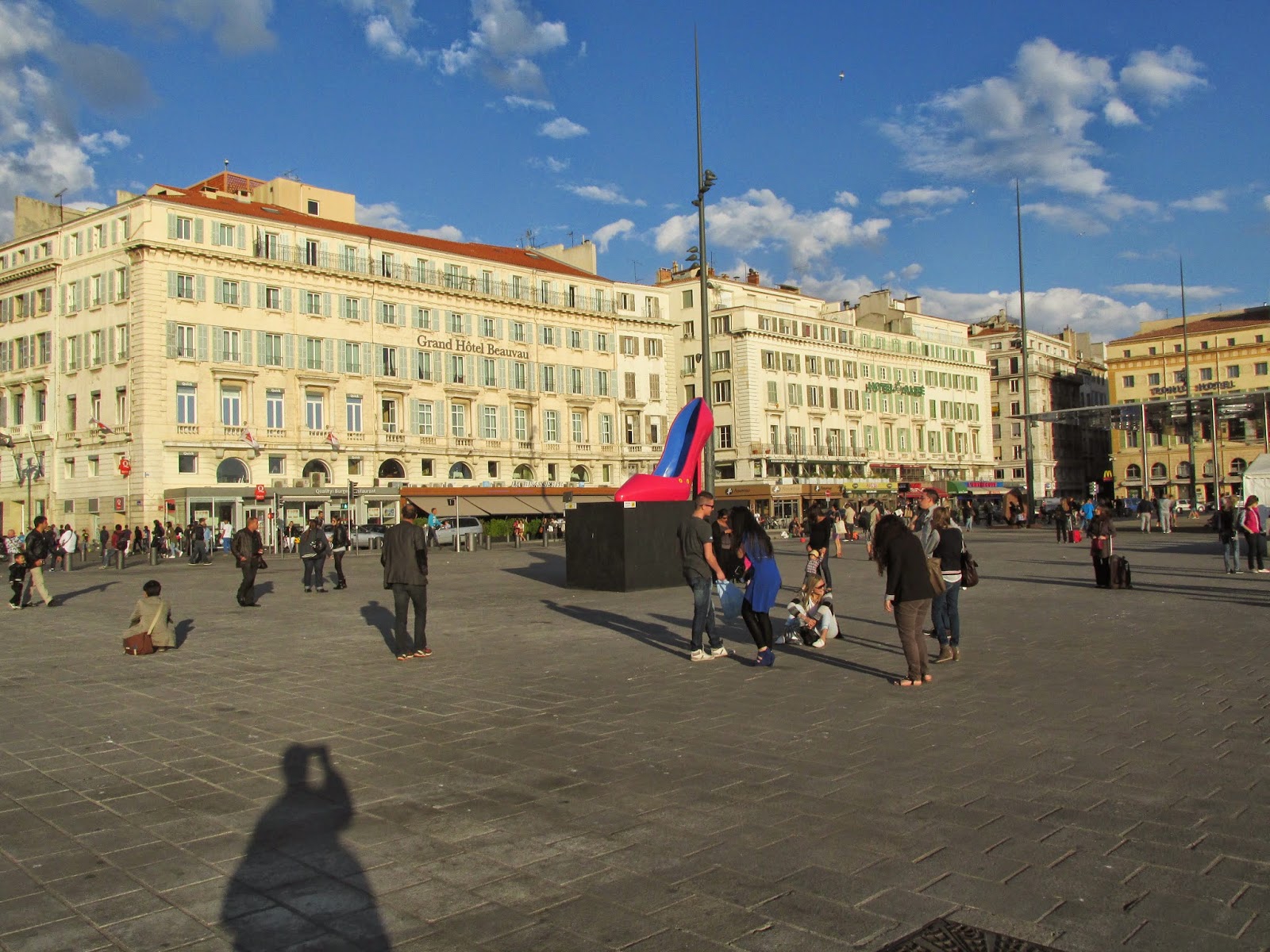December 24 4am saw a new supernova SN2014lp in NGC 4666 about one degree from Porrima in the constellation Virgo. I used a 9mm ES100 eyepiece for 217X power in the 15" Obsession. This gave a separation of the supernova from the core of the galaxy. It is quite bright > 11magnitude.
Dec22 10-12pm and Dec24 4-6am was able to get some very nice stargazing lots of familiar galaxies in Virgo, Ursa Major, Leo, Corvus, Canes Venatici, and Corona Borealis. Many bright and dim including Sombrero, M51 M101 Antennae Hickson 44 2903 4565 4485/90 3224/7 Markarians Chain etc.
Seeing was not quite good enough for Jupiter viewing.
Nov15 6:42-6:52am using 80ED with 16mm and 3X barlow 52 degree Fahrenheit saw Ganymeade occult Io!!!
Oct 23 partial solar eclipse!
Oct 22 large sunspot AR2192 .
Aug 22 saw Comet C/2014 E2 Jacques.
April 21 met Sir Roger Penrose and got his autograph! He gave a talk on Conformal Cyclic Cosmology.
April 14-15 Total Lunar Eclipse.
March 24 Syrtis Major on Mars.
Jan 27 SN 2014G in NGC 3448
Jan 25 SN 2014J in M82
Jan 3 Large sunspot AR 1944.
Early January revisited both C/2012 X1 Linear and C/2013 R1 Lovejoy
Attachments:

